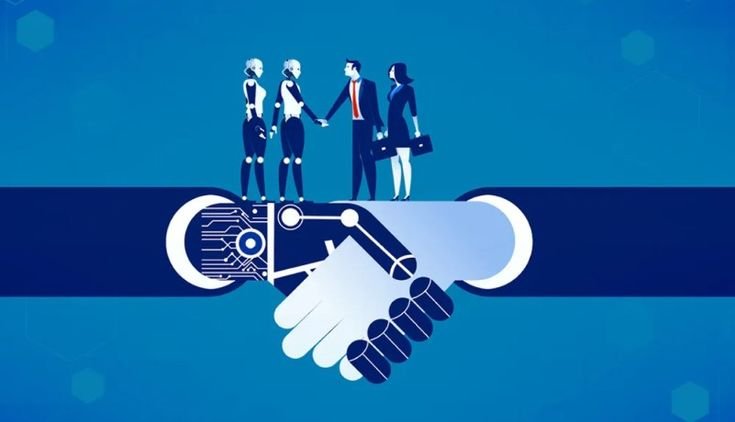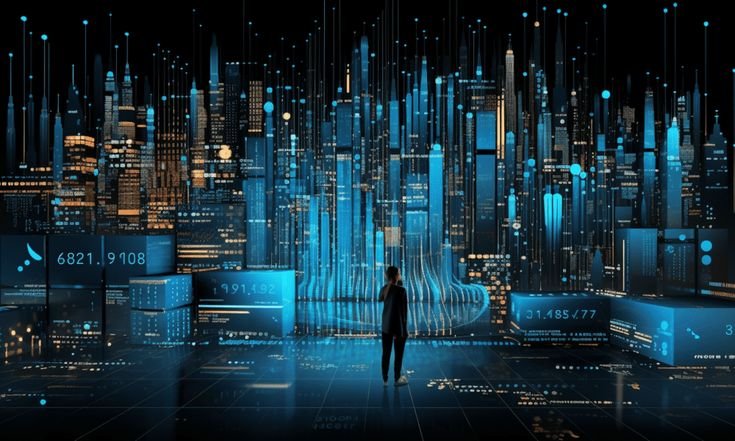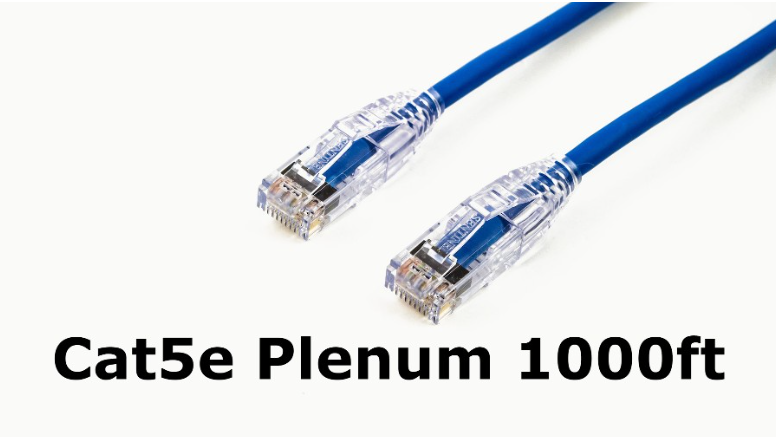Introduction
Granular Recovery Technology (GRT) alters information recuperation by offering exact, thin-level reclamation abilities. Unlike conventional strategies that require entire frameworks or enormous datasets to be re-established, GRT empowers the designated recuperation of explicit documents, messages, or data set passages. This particularity is vital in limiting free time and information misfortune. As per a report by Markets and Markets, the worldwide information recuperation market is projected to develop from $2.07 billion in 2020 to $3.35 billion by 2025, mirroring a Build Yearly Development Rate (CAGR) of 9.9%.
The rising reception of GRT is driven by its productivity and cost adequacy, especially in businesses like money and medical services, where information accuracy is foremost. A review by Spiceworks saw that 43% of organizations had encountered information misfortune in the previous year, highlighting the requirement for cutting-edge recuperation arrangements like GRT. This innovation sets new information guidelines for executives, guaranteeing basic data is rapidly and precisely re-established.
Key Applications of Granular Recovery Systems
Granular Recovery Systems (GRS) are crucial across different areas because of their capacity to productively recuperate explicit information components. In the financial business, GRS is fundamental for recovering basic exchange records and consistency-related data. A report by Deloitte shows that 92% of financial establishments focus on information recuperation to satisfy administrative guidelines. In medical services, GRS empowers the rebuilding of patient records and clinical accounts, crucial for maintaining consistency of care.
The American Wellbeing Data The board Affiliation indicates that 68% of medical care associations have executed granular recuperation answers to protect patient information. The legitimate area likewise profits from GRS, utilizing it to recuperate significant archives and messages required for prosecution and consistency. A Worldwide Legitimate Innovation Affiliation study revealed that 55% of law offices have embraced GRS to upgrade the information the board rehearses. These applications show how GRS upholds basic functional capabilities across businesses, guaranteeing information uprightness and accessibility.
Advantages of Using Granular Recovery
Granular Recovery offers critical benefits by improving accuracy, proficiency, and cost-viability in information reclamation processes. One significant advantage is decreased free time, as GRT empowers explicit document or thing recuperation without influencing whole frameworks. According to a report by Gartner, organizations experience a normal of $5,600 each moment in free time costs, underlining the worth of speedy, designated recuperations. Another benefit is the superior information uprightness, as granular recuperation limits the gamble of overwriting or losing basic data.
In a study by Information Security Patterns, 58% of associations detailed fewer information misfortune episodes after carrying out GRT arrangements. Furthermore, GRT diminishes capacity costs by avoiding the need to keep up with various full reinforcements. IDC’s examination demonstrates how organizations can set aside 30% on stockpiling costs with GRT. These advantages make Granular Recuperation a fundamental apparatus for current information to the executives, giving exact, productive, and savvy arrangements.
Current Trends in Granular Recovery Technology
The latest developments in Granular Recovery Technology (GRT) are forming its development and reception across ventures. One critical pattern is joining artificial reasoning (simulated intelligence) and AI (ML) to upgrade recuperation exactness and speed. As per a report by Markets and Markets, simulated intelligence combination in information recovery is supposed to develop at a CAGR of 28.3% from 2020 to 2025. Furthermore, cloud-based GRT arrangements are acquiring notoriety, giving versatility and adaptability.
A study by Flexera uncovered that 93% of endeavors have a multi-cloud procedure, driving the requirement for powerful cloud-based recuperation frameworks. Another pattern is the attention to network safety. GRT frameworks consolidate progressed encryption and confirmation measures to safeguard against information breaks. Gartner predicts that by 2025, 60% of associations will utilize security-improved GRT arrangements, up from 30% in 2021. These patterns feature the continuous progressions and expanding significance of GRT in present-day information on the board.
The Future of Granular Recovery: Innovations and Developments
The fate of Granular Recovery Technology (GRT) is ready for huge advancements and improvements. One key region is the upgrade of artificial intelligence and ML capacities, considering prescient examination to expect information recuperation needs. As per an IDC report, by 2026, 75% of undertakings will use artificial intelligence-driven GRT for proactive information to the executives. One more future pattern is the reception of blockchain innovation to guarantee information uprightness and recognizability during recuperation processes.
MarketsandMarkets projects the blockchain information recuperation market to develop at a CAGR of 45.5% from 2021 to 2026. Furthermore, quantum figuring progress could change GRT by radically diminishing recuperation times and further developing encryption strategies. The Public Quantum Drive Act underlines the capability of quantum figuring to improve network protection and information recovery. These developments will only work on the effectiveness and exactness of GRT and additionally guarantee powerful security and strength in information on the board.
Conclusion
Granular Recovery Technology (GRT) changes information recuperation with its exact, productive arrangements. It assumes an essential role across businesses, such as money, medical services, and law, guaranteeing basic information is immediately reestablished with insignificant margin time. The innovation’s advantages incorporate decreasing expenses, further developing information trustworthiness, and upgrading functional productivity.
The latest things, such as artificial intelligence coordination, cloud-based arrangements, and high-level network safety measures, drive GRT’s reception. Looking forward, advancements like simulated intelligence-driven prescient investigation, blockchain for information honesty, and quantum figuring vow to improve GRT abilities in additional ways. As these advances develop, GRT will keep setting new principles in information for the executives, furnishing organizations with dependable, secure, and productive recuperation arrangements.





2 thoughts on “Granular Recovery Technology: Current Trends and Future Directions”